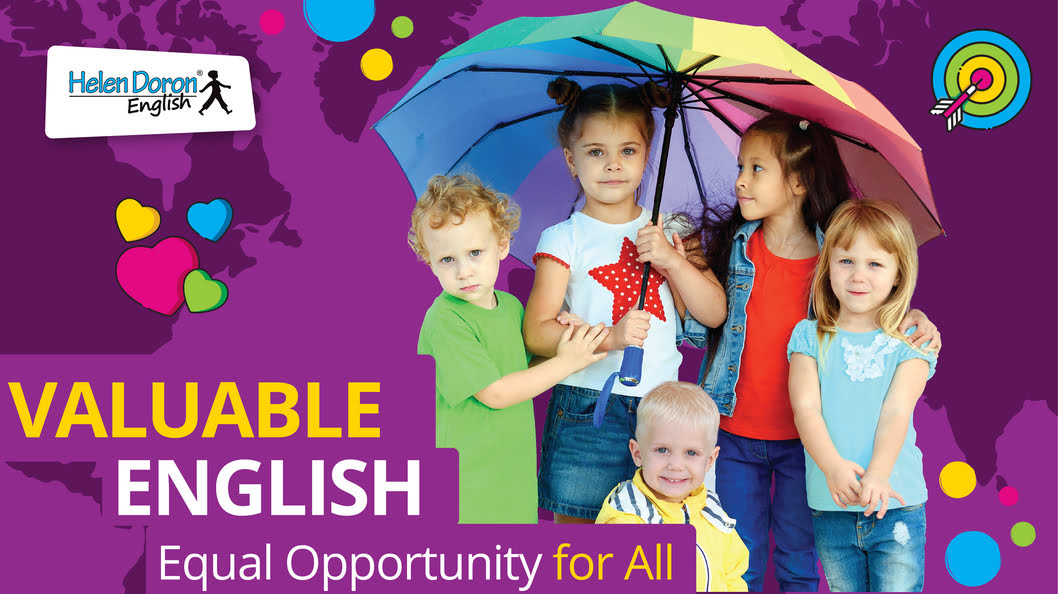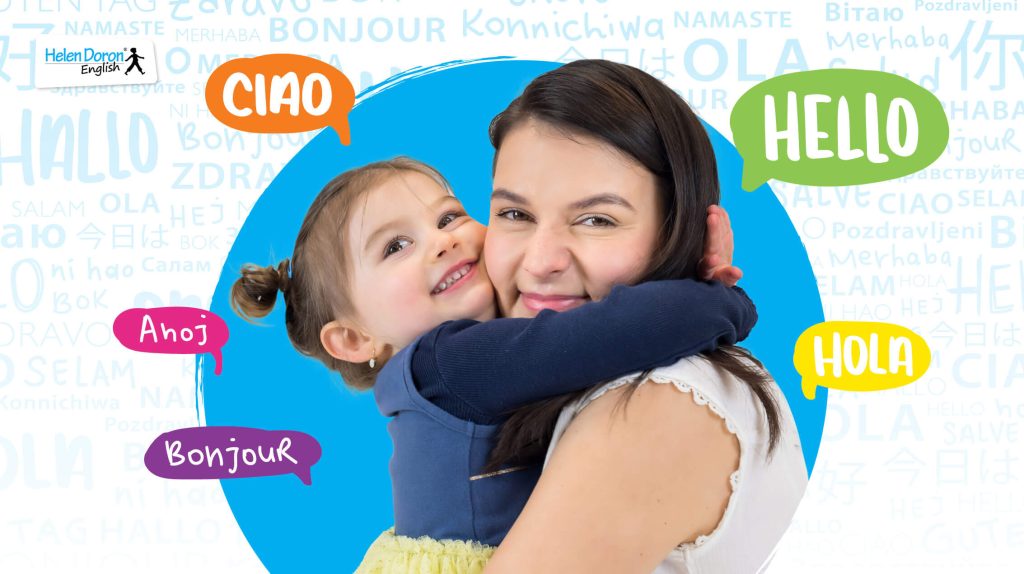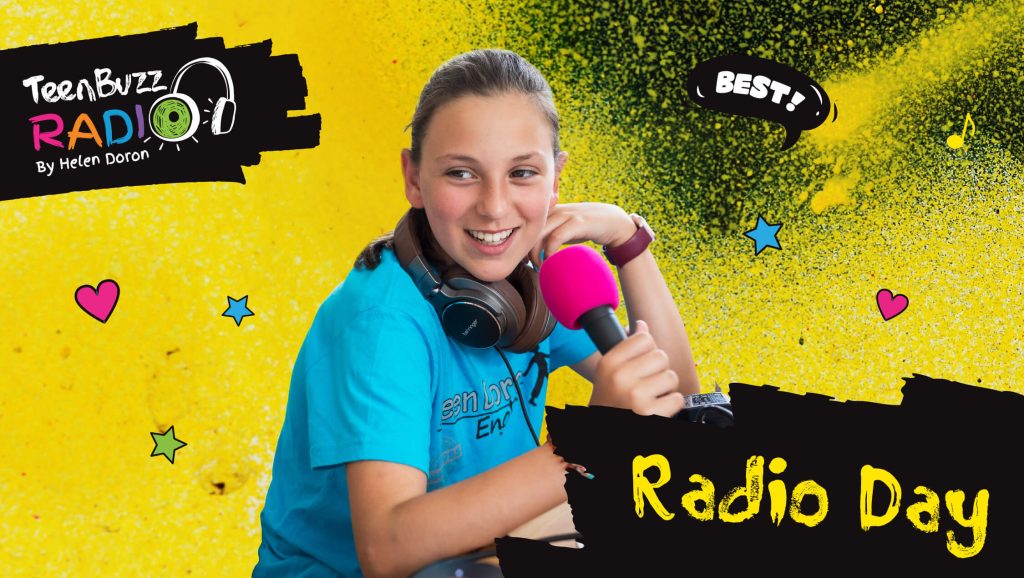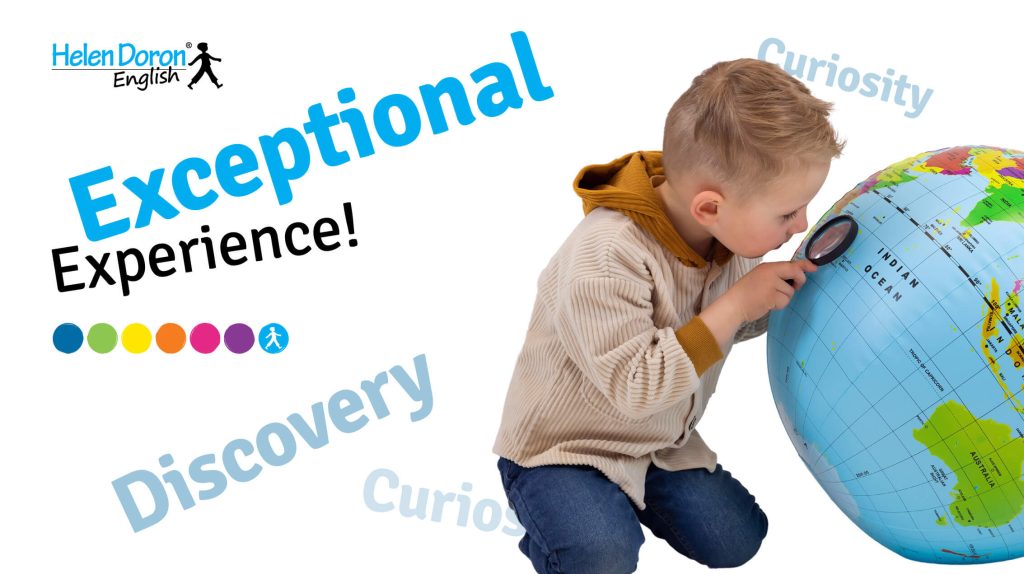Language is one of the most powerful tools we have as humans. It allows us to communicate our thoughts, ideas, and feelings to others. However, how we use language can significantly impact society’s attitudes and beliefs towards certain groups of people. The English language can be used to promote or obstruct equal rights, which is why we should be aware of how we speak our minds.
As parents, we want the best for our children, including teaching them to be respectful and inclusive citizens of the world. A key part of this is understanding the power of language and how it shapes our thoughts and perceptions. The English language has evolved, and along with it, our understanding of the importance of using inclusive and respectful terms.
Certain English words have biased implications or have been changed with hostile or insulting meanings in other languages. For example, some words might make people feel left out or upset. Using a word like “Mankind” might imply that females are excluded from society. Instead, we use terms like the “human race”, “humankind”, or “humanity”.
In this blog post, we’ll explore how language has changed and grown more inclusive and how we can continue embracing this positive shift in everyday conversations.
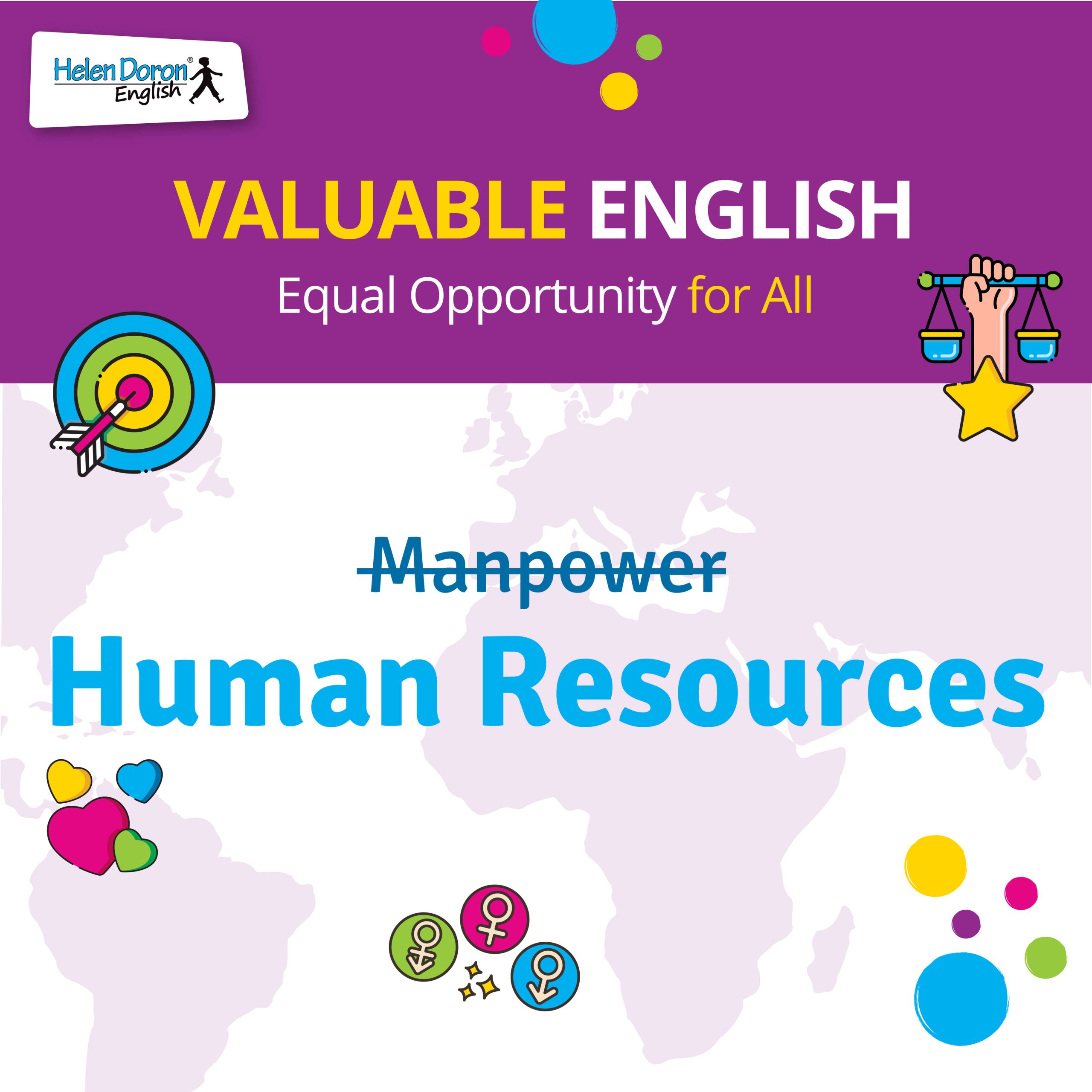
Historically, English has been filled with words and phrases that unknowingly perpetuated stereotypes and reinforced traditional gender roles. Terms like "manpower" or "man a station" have been commonly used, highlighting the male-centric nature of the workplace. However, efforts have been made to adopt more inclusive language in recent years. The term "manpower" has been replaced with "human resources", and "man a station" has evolved into "filling a position".
Many professions were assigned gender-specific titles, such as “stewardesses” for female flight attendants or “fireman” for male firefighters. These terms reinforced traditional gender roles and stigmatised those who didn’t fit the stereotype— for instance, calling flight attendants “stewardesses” exclusively referred to female cabin crew members. Such a gender-specific title reinforced the stereotype that the role was predominantly for women and perpetuated the image of an attractive, young female providing in-flight services. As a result, male flight attendants faced stigma and assumptions about their sexuality. Many believed being a male flight attendant implied they were less masculine than other men. As society became more aware of the need for gender-neutral language, we began to replace these terms with more inclusive alternatives like “flight attendant” or “cabin crew”.

Many of us still think of a as a "teacher" is female and that the "headmaster" is a frowning old man. But anyone can be a doctor or an educator, regardless of gender. Exclusively male professions are now open to all, and thus what was previously labelled as "Fireman", "Policeman", and "headmaster" are now more inclusively referred to as "firefighter", "police officer", and "principal", respectively. These linguistic changes reflect a growing awareness of the need for gender-neutral language, promoting diversity and equality in professional environments
This shift toward more inclusive language extends beyond job titles. The words we use to describe people with disabilities, for example, have also evolved. Instead of using terms like “handicapped” or “disabled”, we now use “person with a disability” to emphasise the person first and foremost, rather than focusing on their condition. Likewise, referring to someone as a “person with short stature” is more respectful than using the terms “dwarf” or “midget”.

Words such as "dumb" or "lame" have negative connotations, perpetuating stereotypes about people with challenges. The term "lame" was initially used to describe a person with difficulty walking or moving due to a physical disability. Yet, now it is colloquially used to mean "uncool" or "boring". In the past, "dumb" referred to someone unable to speak or mute. Using "dumb" as a synonym for "stupid" may be considered offensive to people with speech impairments. Knowing the origin of our words is essential, lest we hurt someone's feelings.
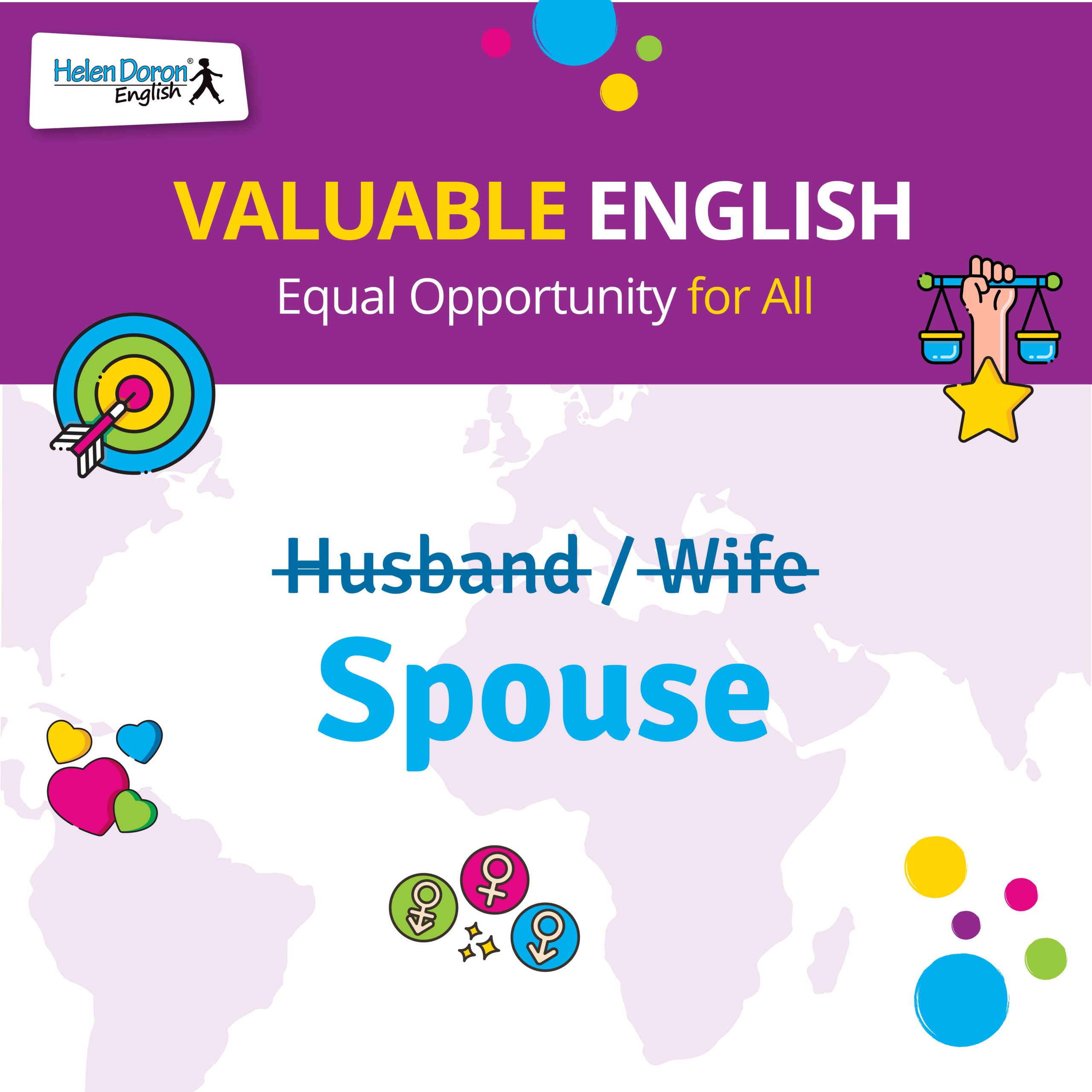
Etymology, the study of the origin and history of words, is a fascinating way to explore how our language has evolved. By understanding the roots of words like "husband" and "wife" – which initially meant "master of the house" and "woman" in Old Norse– we gain insight into the historical and societal influences that have shaped our language. This understanding can help us recognise the cultural implications of our word choices and foster more inclusive communication. Many now opt for gender-neutral terms like "partner" or "spouse" to avoid assuming someone's gender identity. Similarly, you can say "parent" instead of "mother" or "father" to highlight the parental role instead of gender.
As language and society evolve, staying informed about the most respectful and inclusive ways to refer to different groups of people is essential. One example is the term “Gipsy”, which has historically been used to describe the Romani people in a derogatory and insulting manner or imply that a particular woman is cunning, deceitful, and highly promiscuous in her affections. By using the words “Roma” or “Romani” instead, we can avoid perpetuating harmful stereotypes and show respect for this diverse and vibrant culture.
The evolution of language is about replacing outdated and discriminatory terms and understanding the historical context of common words and phrases. Even seemingly harmless sayings, such as “Hip-Hip Hooray!” or “Eenie Meenie Miney Mo”, originated from a racist background. For example, the playful phrase “long time, no see” is a widely accepted fixed expression to greet people we have not seen in a while. However, it was initially used to mock the broken English spoken by Chinese American immigrants, who might still find it insulting.
Another aspect of language we must be aware of is language appropriation – the adoption of words, phrases, or symbols from one culture by another without understanding or respecting their original cultural context. A notable example is the American reappropriation of the N-Word, a racially-charged term rooted in the systemic oppression of Black people in the United States. Its use by non-Black individuals perpetuates harmful stereotypes and disrespects the painful history of the Black community. The reappropriation of the N-Word has been complex and controversial, with some members of the Black community seeking to transform its derogatory connotations. However, its use remains contested.
Language appropriation can have significant consequences for marginalised groups, including perpetuating stereotypes, undermining cultural heritage, and trivialising the experiences of oppressed communities. It is crucial to be mindful of our language choices, including understanding our expressions’ historical and cultural context. Through conscious language choices, we can contribute to a more inclusive and equal society for everyone.
Conclusion
Language is a powerful tool that shapes our understanding of the world and influences our interactions with others. By being aware of the potential impact of our language choices, we can promote inclusivity and respect across cultures. By choosing an all-encompassing and respectful language, learning about the history and context of specific words, and being open to feedback from others, we can help to challenge discriminatory language and create more inclusive and respectful communication. This requires ongoing commitment, reflection, and willingness to learn from the diverse experiences of those around us.
As parents, we are responsible for teaching our children to be respectful and inclusive, and one of the most significant ways we can do that is by setting an example in the language we use.
Helen Doron English is committed to providing positive and inclusive language learning experiences and promoting inclusive language use. Recognising the importance of using original songs tailored to our educational methodology, which emphasises the significance of music in fostering language acquisition, cognitive development, and social-emotional growth, we have created over 1,000 original songs for our programmes. These songs introduce children to the English language in a playful, engaging, and culturally considerate way. Our Song Club provides a platform for young children to learn English online while they listen to various songs that uphold the ideals of respect and tolerance.
By adopting inclusive language in our everyday conversations and embracing Helen Doron English’s commitment to fostering an inclusive learning environment, we can contribute to a more equitable and inclusive world. Through conscious language choices and education, we can empower future generations to understand and appreciate the diversity of human experiences, paving the way for a more compassionate, respectful, and inclusive society.
References
American Psychological Association. (n.d.). Bias-free language. https://apastyle.apa.org/style-grammar-guidelines/bias-free-language
American Psychological Association. (n.d.). Inclusive language guidelines. https://www.apa.org/about/apa/equity-diversity-inclusion/language-guidelines
Cameron, D. (2012). Verbal hygiene (2nd ed.). Routledge.
Chao Fernández, R. (n.d.). Sexism in lyrics of children’s songs in school: A study of the English, Spanish, and Galician contexts. Universidade da Coruña.
Cook, B. (2018, August 8). Nursery rhymes: A perfect example of the perpetuation of sexism in society. Dr Bethany Cook.
Crystal, D. (2008). A dictionary of linguistics and phonetics (6th ed.). Wiley-Blackwell.
Galinsky, A. D. (2019, June 24). From derogation to reclamation: How does language change? In-Mind.
Goddard, I. (2015). Native American words in English. In H. C. Wolfart (Ed.), Papers of the Algonquian Conference (Vol. 40, pp. 147-169). Manitoba: University of Manitoba.
Lippi-Green, R. (2012). English with an accent: Language, ideology and discrimination in the United States (2nd ed.). Routledge.
Lyons, D. (2020, June 10). Common words and phrases that have racist origins. Babbel Magazine. https://www.babbel.com/en/magazine/common-racist-words-phrases
Murphy, M. (2021). 5 Children’s nursery rhymes that are actually racist. Reader’s Digest. https://www.rd.com/list/childrens-nursery-rhymes-that-are-actually-racist/
Pennycook, A. (2017). The cultural politics of English as an international language. Routledge.
Pullum, G. K., & Huddleston, R. (2002). The Cambridge grammar of the English language. Cambridge University Press.
Spolsky, B. (1998). Sociolinguistics. Oxford University Press.
Stamou, A. G. (2010). Language and discrimination: A study of communication in multi-ethnic workplaces. Routledge.
Tollefson, J. W. (Ed.). (2013). Language policies in education: Critical issues (2nd ed.). Routledge.
Yule, G. (2010). The study of language (4th ed.). Cambridge University Press.

